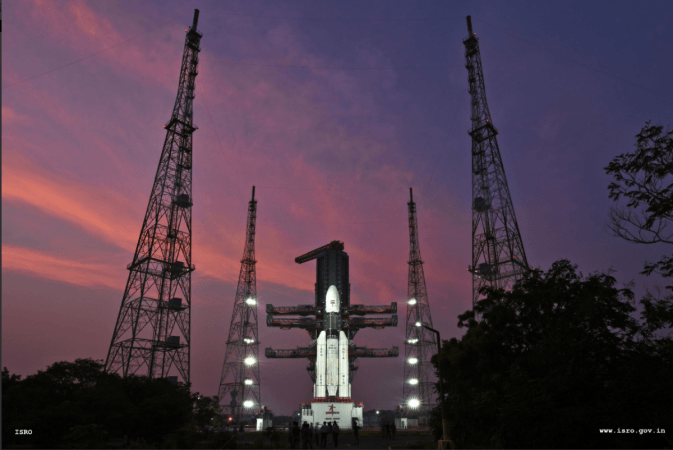Indian Space Research Organisation (ISRO) on Wednesday successfully launched the heaviest indigenous rocket till date — Geosynchronous Satellite Launch Vehicle-Mark III (GSLV-MkII) — weighing in at 640 tons and standing at 43.4 metres tall. It was successfully launched at 5:08 pm from Sriharikota.
The launch vehicle was carrying a communication satellite called the GSAT-29. After successful separation of the upper stage, the rocket deposited the satellite into Geo Transfer Orbit (GTO) just over 16 minutes into its flight.
It will eventually be lifted to about 36,000 km from Earth achieving Geo Stationary Orbit (GSO). GSAT-29 is designed to have an operational life of up to ten years and the satellite is reported to carry the Ka/Ku-band high throughput communication transponders.
This is expected to meet the communication demands of people in India, "especially in Jammu and Kashmir and the North Eastern region," ISRO chairman Kailasavadivoo Sivan said in a post-launch press conference.
While the launch was scheduled for Wednesday, the threat of cyclone Gaja disrupting the launch was always looming. ISRO, however, was able to find an opportune window and complete the launch at the scheduled time slot.
ISRO released a statement wherein they explained that the satellite will be placed at 55 °E longitude and designed for a mission life of 10 years. In addition to the Ka/Ku band, "several new technologies such as Q/V-band payload, data transmission through optical communication link will be demonstrated. This will help in realizing future advanced satellites."
With the first unmanned Gaganyan mission set to happen in 2020, ISRO has said that they are looking to schedule the first manned mission out of India by December 2021.















